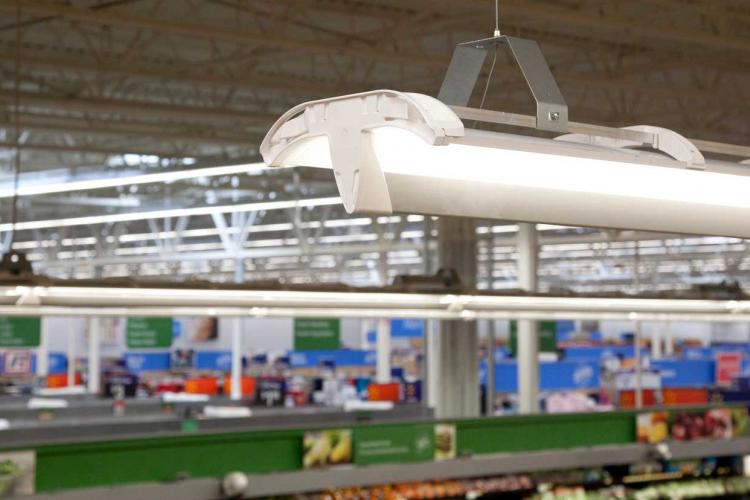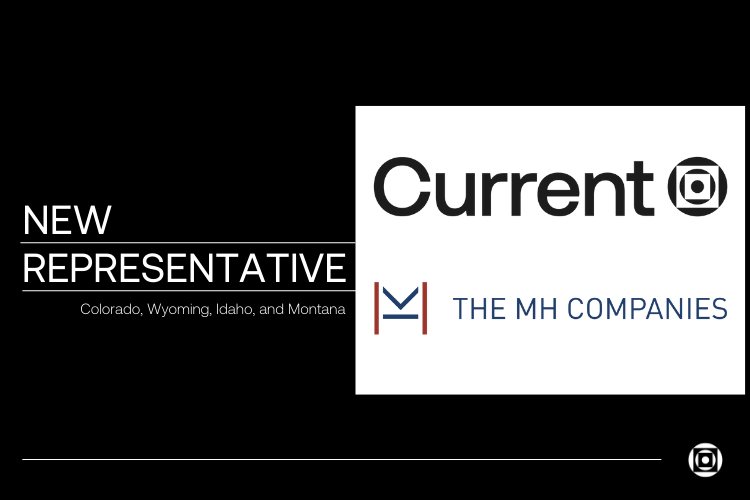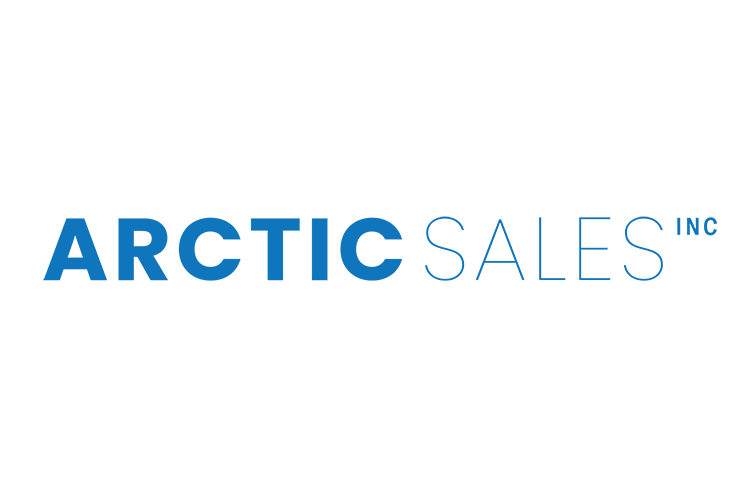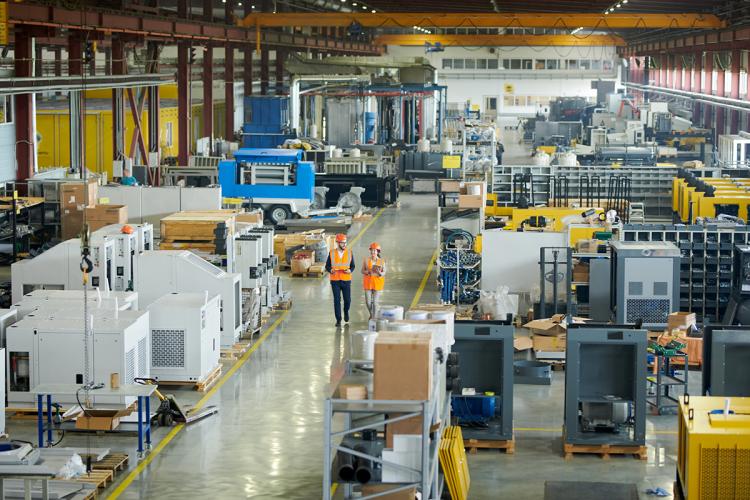LED 101
LED 101
LED 101
With new technology comes new opportunity, and LED can bring a range of benefits to many environments. This reference guide discusses the basics of LED technology and how the technology operates, how it can be applied to your space and how you can reap the benefits for years to come.
Chances are, if you’ve considered a lighting upgrade recently, you’ve heard about LEDs. But what is an LED? How does it work? Why is it such a hot topic in the lighting industry? And what benefits can it have for you?
LEDs have been around for decades but have only recently come to prominence. As one of the most promising technologies in lighting today, forward-thinking decision makers are considering and discovering the benefits LED can have for their facilities, whether for the exceptional controllability offered by LED, advanced dimming and scheduling capabilities, or unparalleled lifespan.
Today, the industry is witnessing a rapid growth in LED products for many applications. From roadways to retail, from industrial warehouses to commercial buildings —for all of your lighting needs, there is capable LED solution.
How LEDs work
Simply, an LED—or Light Emitting Diode—is a diode that emits visible light when energized. Also referred to as a solid-state lighting (SSL) device, or a semiconductor device, an LED is energized by applying a voltage in the right direction (more on that in a moment), causing the
semiconductor or diode to glow. A reflector cup then propels the light in the forward direction.
INSIDE LED
In order for this process to work, the LED requires a driver. A driver, or power supply, creates electrical pressure (voltage), pushing charge carriers through the LED. The rate at which the electrical charge flows through the LED is called the current. Therefore, wattage is determined by multiplying the voltage and current.
The very first LED to emit visible light was invented in a Current lab in Syracuse, N.Y., in 1962 —so why is it just recently that LED is beginning to fully break into the commercial market segment? The 1962 LED emitted red light and was then used in applications like instrument displays and digital watch dials. As LEDs of other colors became available, red, blue and green LEDs were combined to create a white light source. Today’s general lighting LEDs are made up of a blue LED as the primary light source, supplemented by a covering of phosphors that fill in the other regions of the light spectrum.
GENERAL USE
Today’s general use LEDs are made up of the following components:
Chip: A layered semiconductor light source
Package: An LED chip, lead wires and an epoxy shell, enabling reliable use
System: Multiple LED packages, as well as the following four main components that make an effective LED:
Optical
LEDs are a directional light source, which means they emit light in a single direction. Through carefully designed lenses, light is directed only where needed, minimizing wasted light and energy consumption.
Mechanical
LEDs last for years, requiring enhanced durability of the entire system. Careful mechanical engineering protects LED systems from corrosion and humidity to ensure a long lifespan.
Thermal
LEDs are affected by heat in ways that other light sources aren’t, causing reduced life and color shifting. Therefore, LED systems require thermal management to dissipate heat and improve performance.
Electrical
The lifespan, light output and color temperature depend on specific electrical power (wattage) to operate effectively. This requires precise engineering to ensure the right amount of electricity is delivered to the LED chip.
LED ADOPTION
Increasing adoption of LED technology can have significant impact on energy consumption across the United States. By the year 2030, the U.S. Department of Energy estimates that LED technology could save approximately 190 terawatt hours of electricity per year. That’s the equivalent to the annual output of 24 large power plants. That’s enough electricity to power 95 million homes. And at today’s prices, it’s $15 billion in savings.
LED CAPABILITIES AND ADVANTAGES
LEDs are considered among the most promising breakthroughs in lighting technology since the incandescent bulb, with the boundaries of efficacy and life being extended frequently thanks to constant innovation.
EFFICACY AND PERFORMANCE
Extended lifespans and limited required maintenance are two of the most attractive features of LED lighting solutions for applicable environments.
Lengthy performance of LED fixtures means less maintenance and replacement for you and your employees. High bay lighting is required in many environments, whether it’s a large consumer floor space or a warehouse; maintenance and repair of such lighting can be costly and potentially dangerous without the right safety measures. By mitigating the need for frequent maintenance, LED systems can help save costs in the long run.
Additionally, many available LED options provide excellent color rendering with high R9 levels to bring out an object’s colors where it matters most. Be it a merchandise display, an outdoor walkway, a high-traffic road or a football field, LED technology delivers. LEDs also offer superlative performance when it comes to aiming light. This ability can suit many different purposes, as light can be directed where it’s needed and kept away from where it isn’t, helping to improve aesthetics throughout any environment.
LED LIFE CYCLES
LED life is typically rated at 70% of initial lumens. For instance, if an LED is rated at 50,000 hours/L70, that means that half the product at 50,000 hours will have lumens greater than 70% of initial, and half will have lumens less than 70% of initial. This is often referred to as an average life specification.
CONTROLLABILITY AND DIMMING
Rounding out the capabilities that LED can bring to any space is the technology’s compatibility with advanced dimming and control options. Just as advanced technology has allowed for light sources to become more effective, so has it allowed for a comprehensive rethinking of the “light switch.”
Comprehensive and fully customizable control options are now available, and no light–source technology is better suited for these advanced options than LED. These sophisticated control options range in complexity, and are scalable to best suit the needs of a given application. Ranging from simple switching, on/off time schedules, occupancy sensing and daylight harvesting, these control solutions can help greatly reduce total energy consumption.
LOOK AHEAD
While there is still some hesitation in the marketplace over the upfront cost of installing an LED system, the benefits that come with such a system far outweigh many legacy lighting technologies. Whatever your lighting needs, from outdoor site lighting to high bay and indoor accent lighting, from decorative directional lighting to channel letters and border lighting, there is an LED solution that can work for you.
In practice
As with any major business decision, care must be taken to ensure that a comprehensive lighting upgrade with LED technology will be worth the investment in the long run. Whether it’s a full-scale, comprehensive LED upgrade across an entire operation or using the technology strategically in specific environments, your facility can reap the benefits.
RETAIL
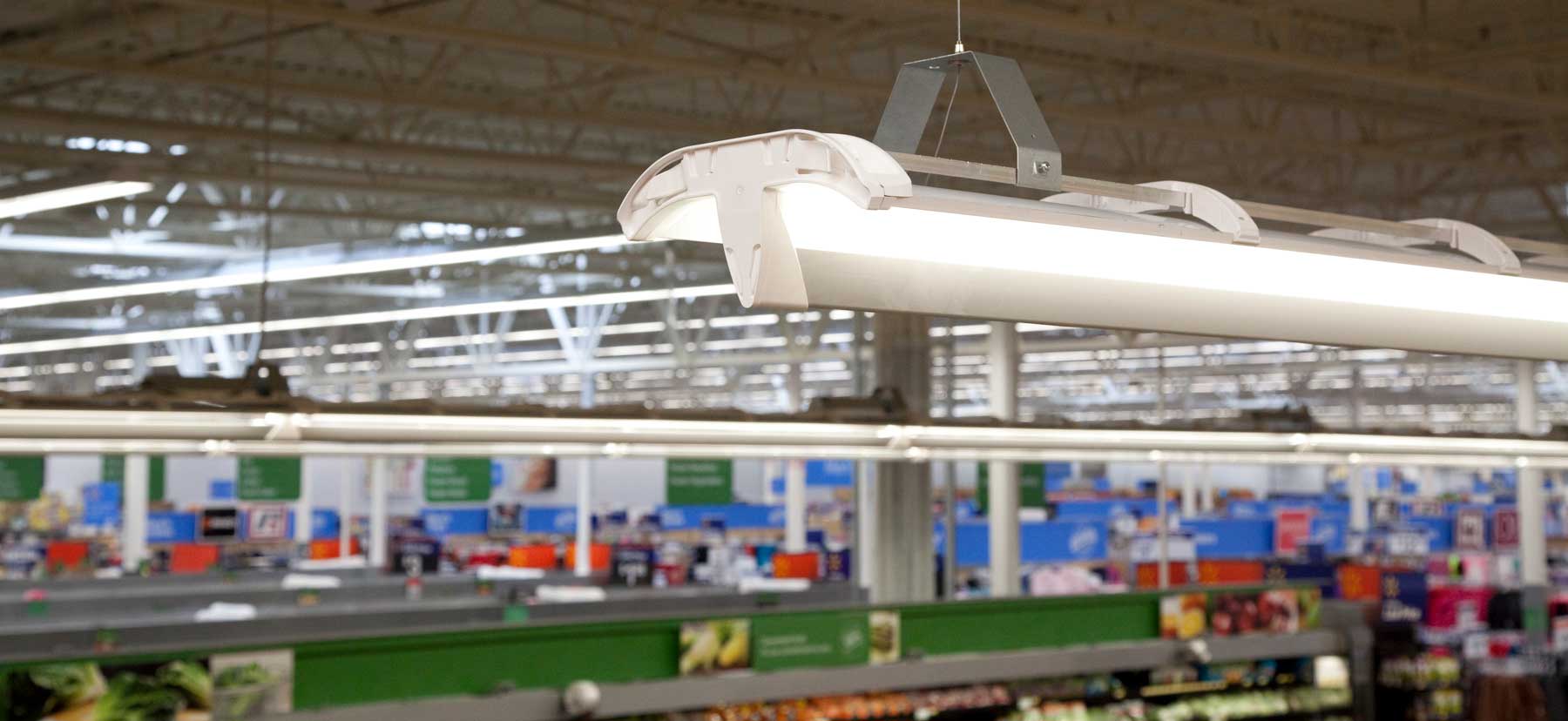
Walmart and Current are transforming retail lighting with the move to energy-efficient Current Lumination IS Series Suspended LED Luminaires for new supercenters in the United States, stores in Asia and Latin America, and Asda locations in the United Kingdom. This move enables Walmart to cut energy for store lighting by 40% and will help further the retailer’s goal to reduce the kilowatt hour (kWh) per square foot of energy required to power Walmart’s buildings globally 20% by 2020. The move to LED ceiling lighting in the U.S. is expected to produce an energy savings of 340,000 kWh per store. With 200 new Walmart stores adopting the new Current LED ceiling lighting, this amounts to a total energy savings of 620 million kWh over the next 10 years.
INDUSTRIAL
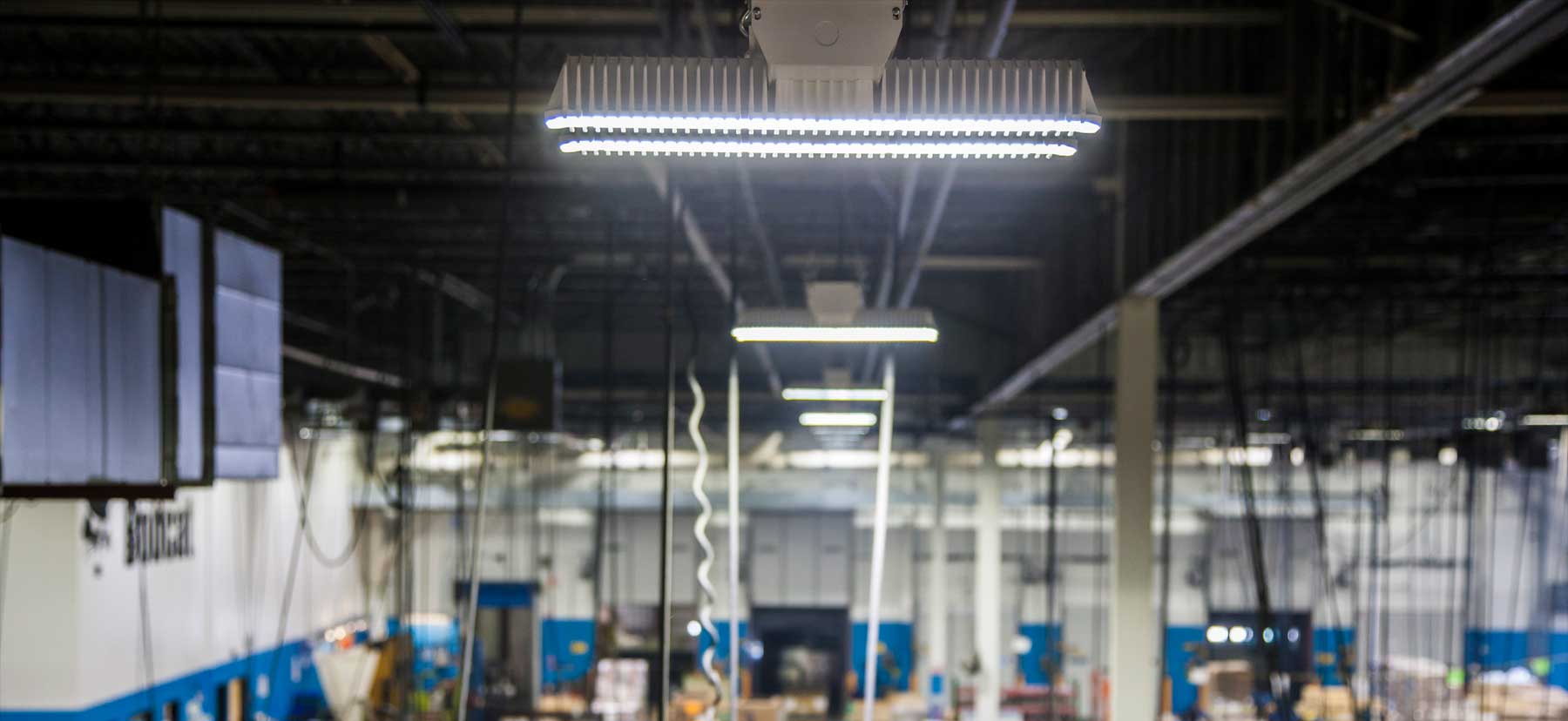
For Bobcat® Company, headquartered in West Fargo, North Dakota, the right solution for their recent lighting upgrade came in the form of high bay LED systems throughout its Wahpeton manufacturing plant. The facility houses approximately 98,000 square feet of high bay space that is now illuminated with Current’s Albeo™ ABH high bay lighting fixtures. The numbers speak for themselves: Yearly energy costs have decreased by over $50,000 via a reduction in energy consumption by more than 850,000 kilowatt hours annually. The plant’s new LED fixtures have a rated lifetime of 100,000 hours compared to the 20,000-hour rated life of the metal halides that were replaced.
COMMERCIAL
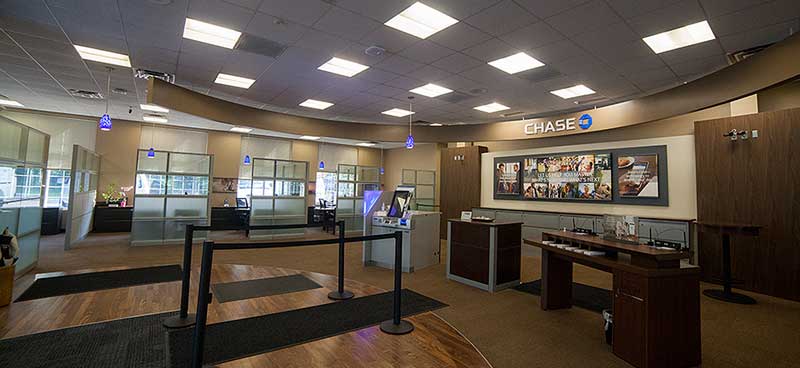
JPMorgan Chase and Current announced the world’s largest single-order LED installation as the company plans to update indoor and outdoor lighting across approximately 5,000 Chase branches across the United States. This LED upgrade will potentially span 25 million square feet (that’s approximately 5,319 professional basketball courts or 38x the size of the louvre) and deliver 50% reduction in lighting related energy use, saving 184,000 kilowatt hours annually. This LED upgrade will help Chase achieve its goal to reduce emissions 50% by 2020. Current’s new AllSites™ application will also provide enterprise-level, cloud-based visibility into energy and HVAC efficiency across thousands of retail branches through Chase’s Network Operations Center.
MUNICIPALITIES
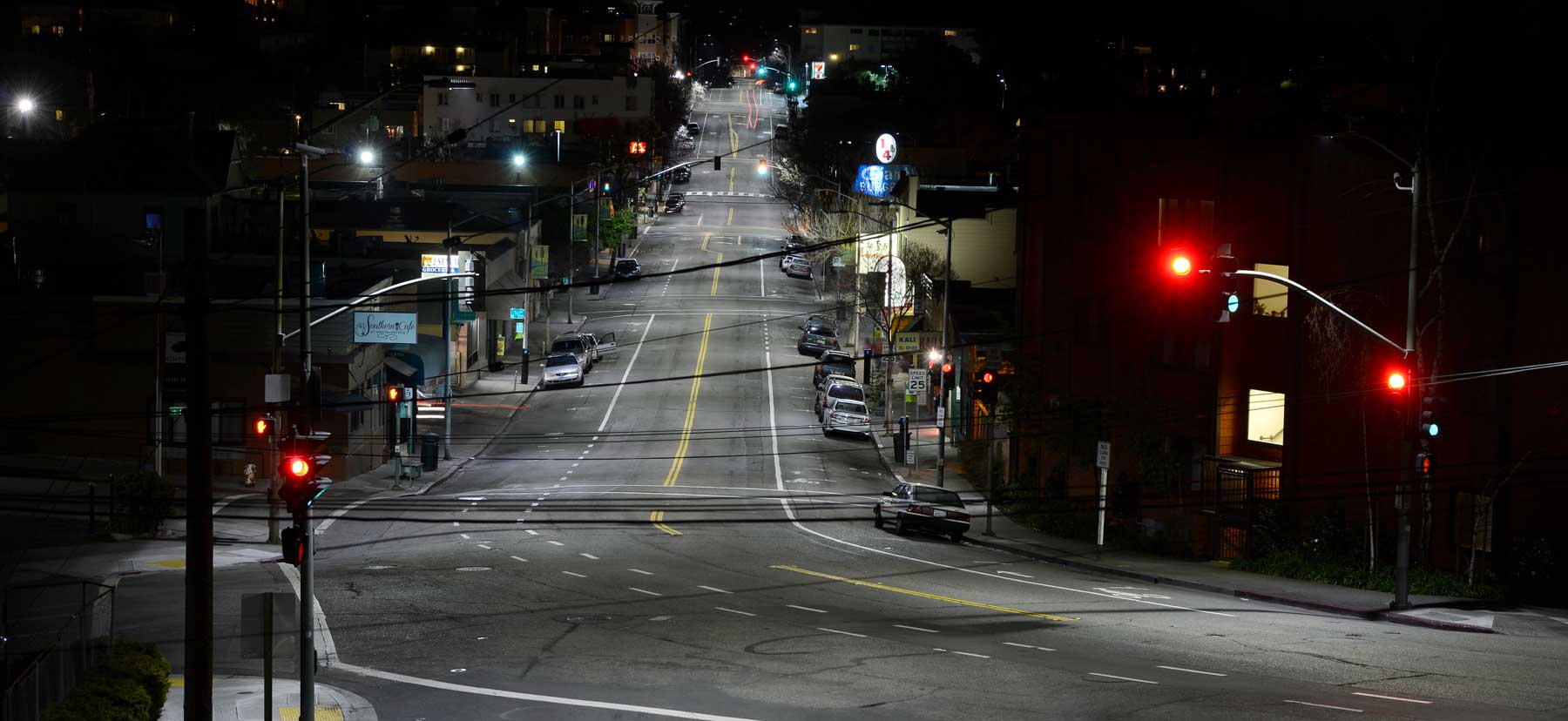
The city of Oakland, California, is committed to energy efficiency and has been named one of America’s greenest cities. It was a natural decision to upgrade more than 30,000 street lights to Current Evolve™ LED fixtures – a move that is saving this West Coast port city more than $1.4 million in annual energy and maintenance costs. The new LED street-lighting fixtures throughout most of the city replace 70- to 400-watt high pressure sodium (HPS) fixtures. The city of Oakland anticipates energy savings in excess of 40% and reduced maintenance costs due to the longer life of the LED fixtures.
Lighting the way forward
Lighting has always played an important role in how humans live their lives. When carbon arc lamp “moonlight towers” were constructed in the pre-electric light days, people could suddenly go outside and socialize after dark, shifting the paradigm of daily life. When Edison invented that first incandescent bulb, the transformation was even greater: He not only changed the way people lit their homes and businesses, but he further altered the way they could live. With this new technology, people could begin their days before the sun rose, walk and drive the streets more safely, and enjoy their families later in the evening. Recognizing technology’s incredible potential to create change, product innovation has remained a focus for Current since the company was founded more than 130 years ago.
Lighting technology still continues to evolve, with LEDs leading the way to more efficient, bright and sustainable solutions for every need. Current has continued to drive LED advancement over the last 50 years, ever since a Current engineer invented the industry-changing technology in 1962. Today, from televisions and phone screens, to roadway and outdoor lighting, to the familiar lamps in our homes and offices, LED technology is everywhere. Whereas Edison’s first test bulbs with carbon filaments lasted for 13.5 hours, the LEDs installed today last 20 years. Also, these LEDs are going to cut electricity usage anywhere from 50–70 percent over alternative lighting options.
When Edison invented electric light, his challenge didn’t end there—he next had to figure out how to scale and optimize his creation. Well over a century later, we’re revisiting this challenge with LEDs as we enter the era of the Internet of Things. Tapping into the power of LED light has allowed us to explore the possibilities of the connected future and how Current can help cities, businesses and consumers not only adapt to, but thrive in this changing world.
The industrial internet and bold ideas for the future
The convergence of digital and physical systems in the industrial world is creating a profound transformation in how we think about all systems, not the least of which is our lighting. In today’s interconnected world, lights are no longer isolated devices that provide just illumination. Thanks to the Industrial Internet, lights have become part of the business intelligence landscape by capturing data and communicating with other interconnected devices via the Cloud.
The Industrial Internet blends “big data” analytics with the Internet of Things, enabling companies to use sensors, software, machine-to-machine learning, plus other technologies, to gather and analyze data. Businesses then use those analyses to manage operations and offer valuable services. Lighting systems embedded with sensors and networking capabilities can provide valuable data related to lumens, occupancy levels, environmental conditions, inventory levels and much more. As a result, the Industrial Internet makes lighting considerably more important to large enterprises.
By expanding the sensing capabilities of LED fixtures and enabling connectivity to other devices, Current is moving far beyond energy management to actionable business intelligence. We can imagine a day when lighting fixtures are equipped with cameras and sensors that can help identify and track activity. Fixtures may contain speakers for broadcasting emergency warnings or Wi-Fi® capabilities for providing wireless service. And there’s plenty more. All of these capabilities are tied back to the interconnected nature of the Industrial Internet to enable data capture, analyses and action.
We are excited to be a leader in the technology transformation taking place, and we look forward to once again helping people live, work and grow smarter.
By assessing your facility’s lighting, you can determine whether or not an LED solution is right for you – and that starts with a lighting audit and a trusted partner.
Interested in learning more? Explore a solution that works best for you.

